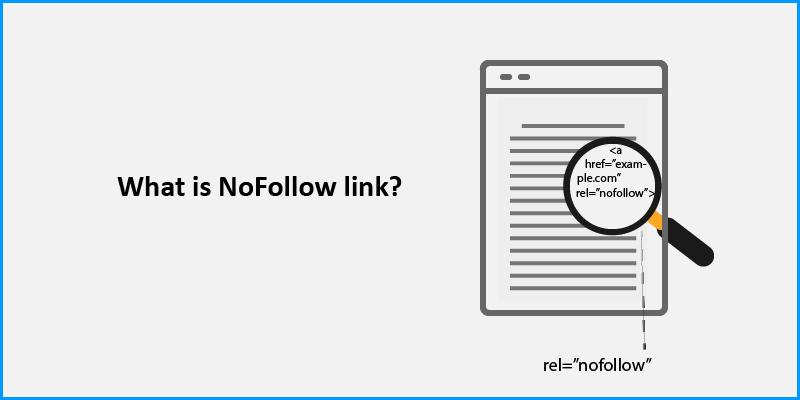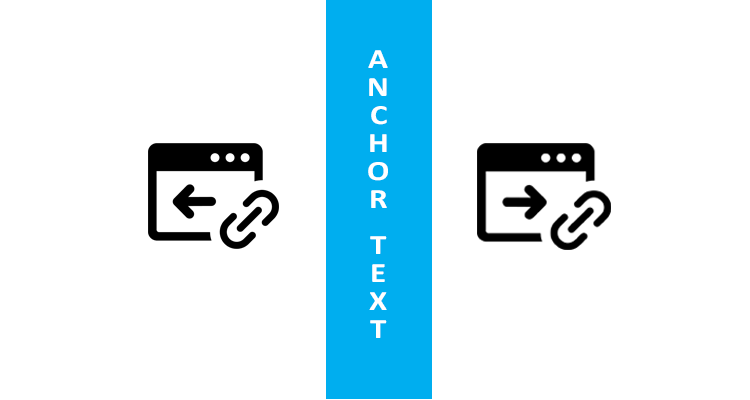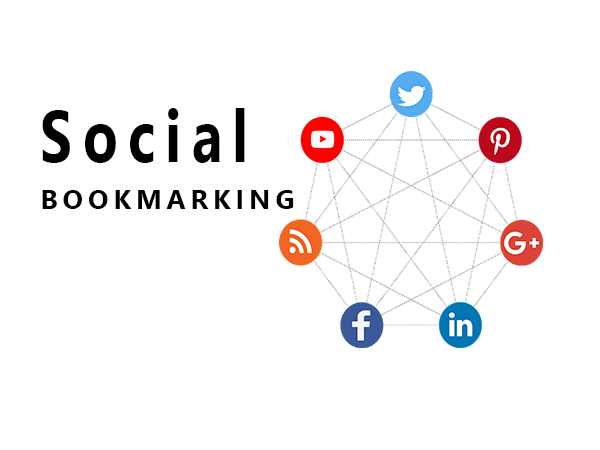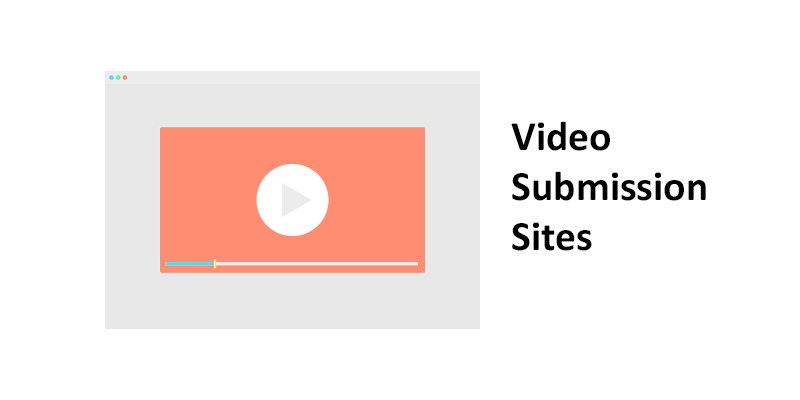Links are the backbone of your SEO campaign. Without these precious links, it is difficult to rank for high competitive and search volume keywords. But all the links are not treated as equal. In fact, in the world of Search Engine Optimization(SEO), some links are much better than others – and are more closely monitored by Google’s ranking algorithm. That’s why you have to be very careful about the type of websites that you allow to link back to you.
No follow backlinks are a great way to build your backlink portfolio with less effort. They are just like regular backlinks, except that they do not pass any link juice. If you have an well-established website that already has a good amount of link power, no follow backlinks can be used to boost the authority of a new website, or to increase the ranking of a specific page within your existing site.
This article will guide provide you with the complete information about the recent changes to NoFollow Backlinks and their role in SEO of a website.
What is NoFollow link?
A Nofollow link is a link that is used to link one page to another page. It hints search engines to ignore the linked page and not to pass any link authority or link value to it. This is nofollow link was introduced in 2005 to help website owners get rid of spam and hint search engines to ignore spammy and low-quality and irrelevant sites.
The source code of Nofollow links looks like this:
Online Price Comparison The above link was created to hint search engines to ignore the linked page onlinepricecomparison.in and not to pass any authority to it.
It was introduced to prevent web admins from being able to manipulate Google’s algorithm and rank pages artificially.
Where do NoFollow Backlinks come from?
Most NoFollow Backlinks come from websites that allow users to create and upload their content and place their website links. These sites are not sure about the accuracy and relevancy of the content the user is posting.
Here are the some of the familiar places from where most of the dofollow links come from:
- Forums (Reddit)
- Question & Answer sites (Quora)
- Blog Comments
- Press Releases
- Social Media Sites (Facebook, Twitter, and Linkedin)
- Content Aggregation Sites (Scoop)
- Wikipedia
Most sites attribute a nofollow to an external link to reduce the number of spammy backlink requests they receive.
Are nofollow links good for SEO?
There is a lot of confusion around how nofollow is useful to SEO and whether these links will affect the SEO rankings.
The NoFollow attribute was introduced in 2005 to help website owners get rid of spam and hint search engines to ignore spammy and low-quality sites.
Google Says Will Treat Nofollow as a Hint
Google’s official announcement about how it views a nofollow link:
“When nofollow was introduced, Google would not count any link marked this way as a signal to use within our search algorithms. This has now changed.
All the link attributes — sponsored, UGC and nofollow — are treated as hints about which links to consider or exclude within Search.
We’ll use these hints — along with other signals — as a way to better understand how to appropriately analyze and use links within our systems.”
Read Google’s official announcement
Evolving “nofollow” – new ways to identify the nature of links
From About Statements, it is evident that Google doesn’t follow the NoFollow Backlinks most of the time, But there are certain circumstances in which it follows the links and provides some SEO value. It is hard to say those circumstances as Google hasn’t shared that information. The SEO community has identified a few instances when nofollow links are valued and followed with a lot of testing.
Some of the Benefits of NoFollow Backlinks:
Some Evidence proves that nofollow links from high-quality websites like Wikipedia that Google completely trusts are valuable and may improve your search engine rankings.
There are some indirect benefits of Nofollow backlinks, for Example:
- One Nofollow backlink from a high-traffic website can help you get more backlinks as content creators use these websites to research and create their content.
- These Nofollow backlinks still drive some referral traffic to your site, which is better than not getting a link.
Conclusion:
They are no valid reasons and pieces of evidence to say that a nofollow link is good, and at the same time, there is not enough evidence to prove that nofollow links are bad for SEO. So, it getting a nofollow link from a high-quality website should also be a part of Link Building Campaigns for SEOs. These nofollow backlinks are still valuable for generating referral traffic, increasing brand exposure, and improving the site’s overall SEO.
When should I use nofollow links?
According to Google, you can use the nofollow attribute under the following circumstances:
- Suppose you have no control over what gets posted. For Example, if you have enabled your comment section and created your website forum for your users to participate and share their ideas.
- Suppose other bloggers had paid you to link to your website to promote their site. Google could penalize your site if you don’t nofollow a paid link. Some of the links for which you need to use nofollow are:
- Product for link Exchange
- Link for link exchange
- Link for money exchange
- Guest posts with keyword-rich anchor text
3. To effectively use a website’s crawl budget, you need to add the nofollow attribute on no-indexed internal pages.
Example: If you don’t want search engines to crawl your login page or thank you page, an internal link that points users to these pages should be nofollow.
How do I know if a link is Nofollow?
Some of the ways how you can find whether a webpage is using do follow, and nofollow backlinks are:
Method 1: Manually Identifying the NoFollow links
- Visit any webpage and mouse over and select any internal link in the page’s content, then right-click and select view source code.
- Then it will take you to the backend HTML code of the link. From there, you can look at the code. If there is a rel=” nofollow” attribute right after the link src, it is a nofollow link. If there are no attributes included after the link src, it is to follow the link.
Method 2 – Use of Google Chrome Extensions (Recommended)
Many Google Chrome extensions highlight nofollow and dofollow links on a web page that you are viewing.
Popular Google Chrome extensions to identify dofollow and nofollow links:
- Mozbar free chrome extension
- NoFollow Chrome Extension
How to get DoFollow Backlinks?
Below are some of the methods that you can implement to get quality do-follow backlinks:
- Testimonials
- High-Quality Guest Posts
- Broken Link Building
- Creating and publishing some original research content










